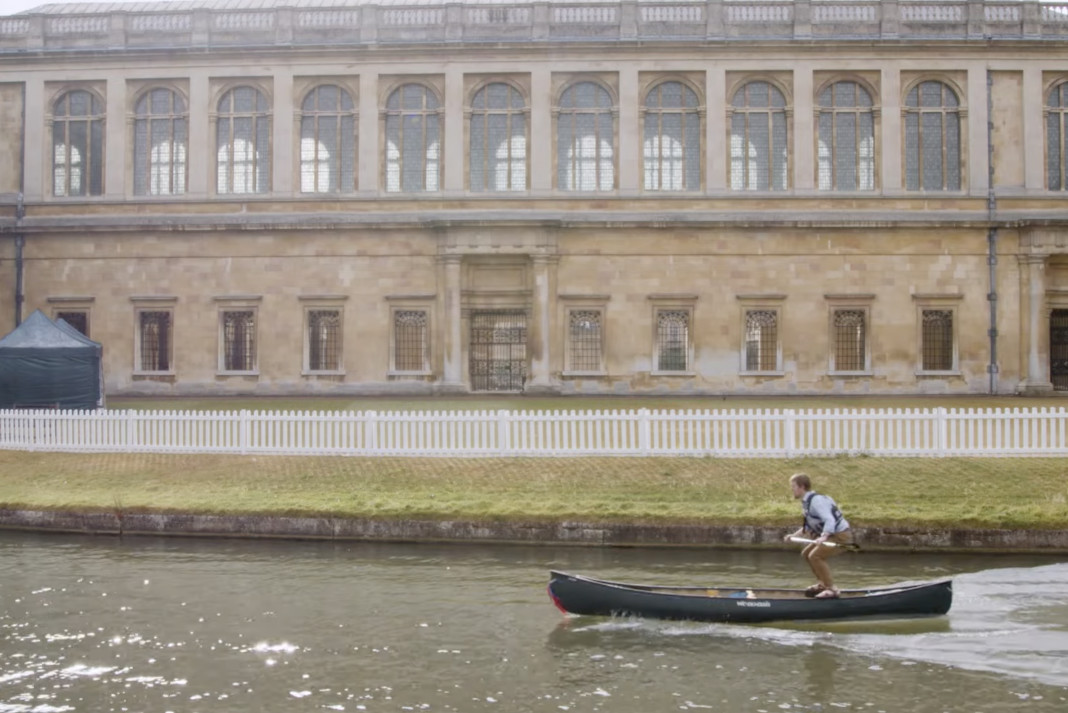If you find yourself across the lake without a paddle, it turns out science may be the best way to get your canoe moving forward. Canoeists who’ve spent their fair share of days at summer camp may remember the not-so-subtle art of gunwale bobbing. The act of standing atop the canoe, near the stern, and squatting up and down to create momentum, propelling the canoe without the assistance of the paddle.
The Scientific Need For Gunwale Bobbing
While some have worried gunwale bobbing may be going the way of Royalex, a recent, and we argue, much needed, scientific paper in the journal, Physical Review Fluids, investigates the act and reignites interest in the skill.
The goal of the gunwale bobbing study? To gain a better understanding of what these scientists define aa a phenomenon, and how a better understanding of it may find the optimum parameters of canoe velocity in sport.
But why stop there? Who knows what other mysteries of the universe we can answer through a deeper dive into what we used to call goofing around in our canoes?

A Lesson In Fluid Dynamics
If you’re looking for a digestible explanation of the paper look no further than one of the authors, Dr. Jerome Neufeld who presents the fluid dynamics of gunwale bobbing in this video shared by Trinity College of Cambridge University.
Here is a summary provided by Neufeld in the video:
“If you jump on the back of a paddleboard, or you jump on the back of a canoe, you generate your own wave field. And if you jump at the right frequency you can drive your own forward velocity up to meter per second.
So, how does this work? Well if you take a duck or a boat, that’s swimming or moving through the water, you’ll notice that the duck or boat generates its own wave field. That wave field carries energy from the swimming duck or the motorized boat, or the canoe, off into the distance. Some of that energy you can use to drive your own forward velocity.
Let’s think for a second about how a wave field works. if we just took a boat and we bobbed it up and down, so a heaving motion, we would generate a symmetric wave field that would spread off in either direction in an identical fashion. That wave field would radiate energy but it wouldn’t drive your forward velocity. Similarly, if you did a see-sawing motion you would also generate a symmetric wave field, and it’s also not going to drive your forward velocity.
What you really need is both a heaving and a pitching motion. By combining a heaving motion and a pitching motion you can arrange to push down on the slope of your last wave. Just like a surfer, you’re pushing down on the slope of the wave and you’re surfing it forwards. As you jump on the back of a canoe, you send a wave field predominantly laterally, and by jumping on top of your old wave you’re able to surf it forwards at a meter-per-second velocity.”


